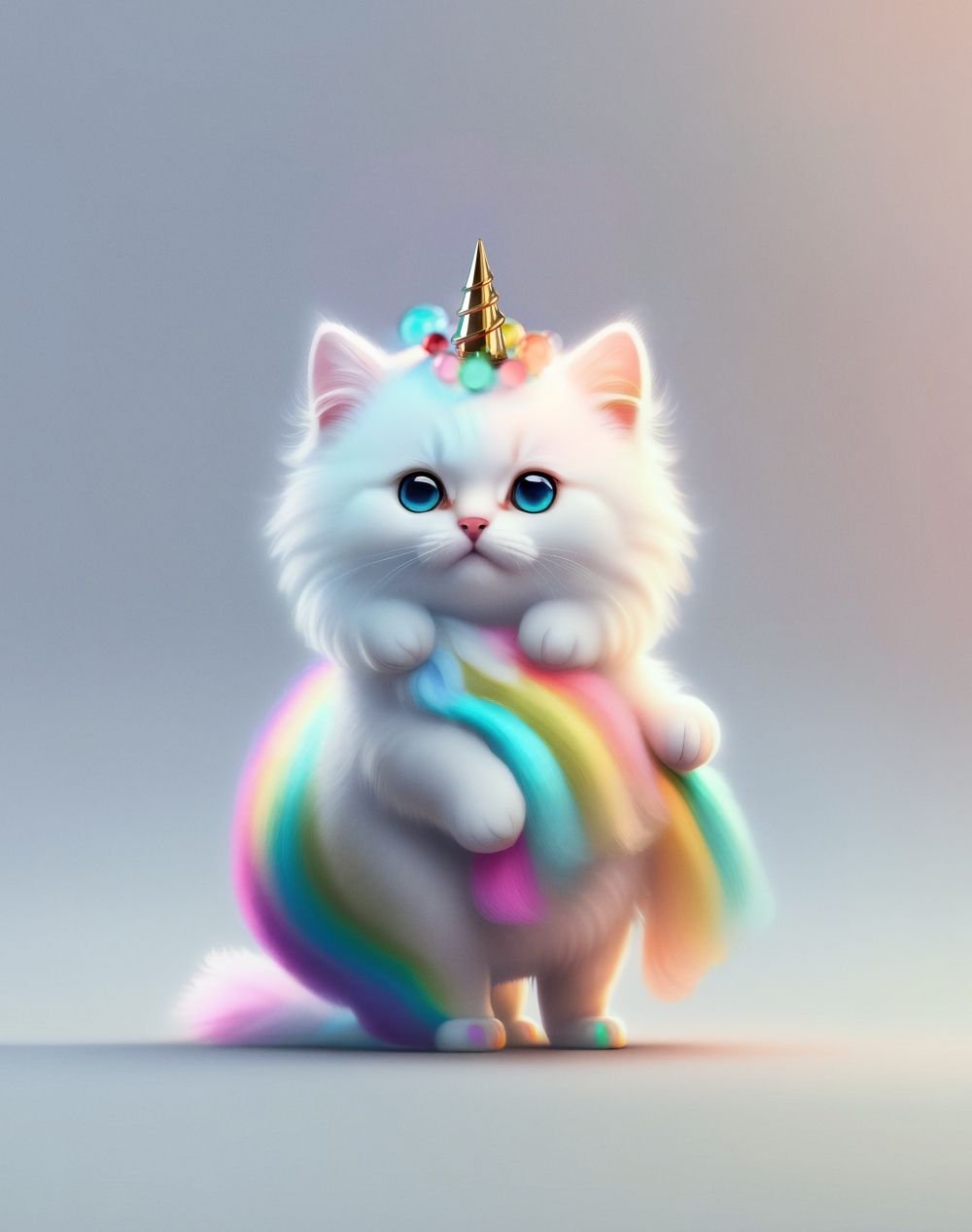3 London Artwork Exhibitions That Have a look at Self-Inspection

As we delve deep and inspect our inner selves this month, we’ve picked out three art shows in London that can help challenge our perceptions.
Cuteness Overload at Somerset House

It’s here. The irresistible force of apex cutification arrives at London’s Somerset House, as both celebration and investigation of how its emotive and complex power came to rule the world – from emojis to internet memes, video games to stuffed toys, and food to loveable robotica. It’s a “plushtomisation” of adorable doe-eyed creatures, chubby-cheeked babies, flowers, mushrooms, hearts, castles, stars and other romantic motifs. Leading the Kittyfication is Her Royal Highness Hello Kitty, celebrating 50 years in existence, with her own dedicated space, including an immersive disco, mirror balls and mirrored walls, and an avatar Kitty in DJ mode. The show also charts kawaii’s origins in Tokyo, from the 1910s to the ’50s, and foregrounds female Japanese illustrators of the ’60s. But it’s not all Japan.
The exhibition CUTE also highlights the origins of “pet-ification” through depictions of 19th-century animals and children in Louis Wain’s anthropomorphic representations of felines, and photographer Harry Pointer’s Brighton Cats series depicting his own pussies in various states of play. There’s a bunch of contemporary artworks and new artist commissions, from Aya Takano and Ram Han to Wong Ping, Rachael McClean and Pussy Riot.
“In recognising and honouring otherness,” writes Claire Catterall, senior curator at Somerset House, in the show’s catalogue, “cuteness allows us to be fully ourselves, without judgement or boundaries. Put simply, it gives up permission to be happy.”
Cute at Somerset House runs until April 14. Book tickets here.
Seductive Sloganising a la Barbara Kruger

American artist Barbara Kruger turned 79 years old last month. She was in Time magazine’s 2021 Most Influential People list and is known for her trademark style – white Futura text on a red box logo – that contains hard-hitting slogans as seductive as successful advertising yet as effective as propaganda. Among her notable aesthetic aphorisms – Untitled (I Shop Therefore I Am; Untitled (If you’re so successful, why do you feel like a fake?), (Have Me Feed Me Hug Me Love Me Need Me), (Do I have to give up me to be loved by you?) and Untitled (Your body is a battleground) – the latter lives on, simultaneously art and protest, through the timelessness of its declaration. And if her white/red sloganeering feels oddly familiar, that’s because streetwear brand Supreme appropriated Kruger’s logo for its own in 1994, later admitting in a lawsuit to being “influenced” by her design. And now she’s appearing at London’s Serpentine Galleries, in Barbara Kruger: Thinking of You. I Mean Me. I Mean You, her first in the UK’s capital for 20 years. It features reconfigurations or “replays” of her famous works, and a newish three-channel video installation that explores modes of creating and consuming digital content. She combines text, audio clips, found images, memes, blurred-out selfies and animated photos of cats.
Go sample her seriously addictive brand of visual “self-spection”.
Barbara Kruger: Thinking of You. I Mean Me. I Mean You runs until March 17 at London’s Serpentine Galleries. Find out more here.
Yes, it’s Ono

It might be fair to say it wasn’t the artist Yoko Ono who ruined The Beatles, but The Beatles who ruined Yoko Ono the artist.
She was already a significant figure in the avant-grade art collective Fluxus, making conceptual, participatory and instructional art pieces long before she met the Fab Four. To wit: in Cut Piece (1964), performed in Tokyo and New York, she invited members of the audience on stage to cut off her clothing with scissors and take each piece as a gift; in Bag Piece (1964-66), visitors were given a large black bag, asked to remove their shoes and enter a purpose-built structure where they could get into the bag, take off their clothes and stay inside as long as they liked. Her defining work, Grapefruit (1964), contains her “instruction pieces”, which she began in the 1950s, asking readers to imagine, experience, make or complete a work.
Ono – activist, peace campaigner, environmentalist – worked and lived in London from 1966 to 1971, during which time she met John Lennon. And yet, a decade before meeting him, she was already playing her own avant-garde compositions to Marcel Duchamp and Peggy Guggenheim in New York. Tate Modern’s seven-decade retrospective, Yoko Ono: Music of the Mind, features an inventory of participatory pieces – white chess sets, wishing trees and a 15-metre-high wall of canvases, My Mommy is Beautiful, to which visitors can attach photographs of their mother and share personal messages. More expansive than Yayoi Kusama’s Infinity Rooms (Ono acknowledges Kusama’s influence) and more inclusive than Marina Abramovich’s just finished shout-y retrospective at the Royal Academy, Ono’s Music of the Mind feels like being the Yes-iest show of the year.
Tate Modern’s Yoko Ono: Music of the Mind runs until September 1. Find out more here.
(Header image: Barbara Kruger: Thinking of You. I Mean Me. I Mean You installation view.)
Source: Prestige Online



